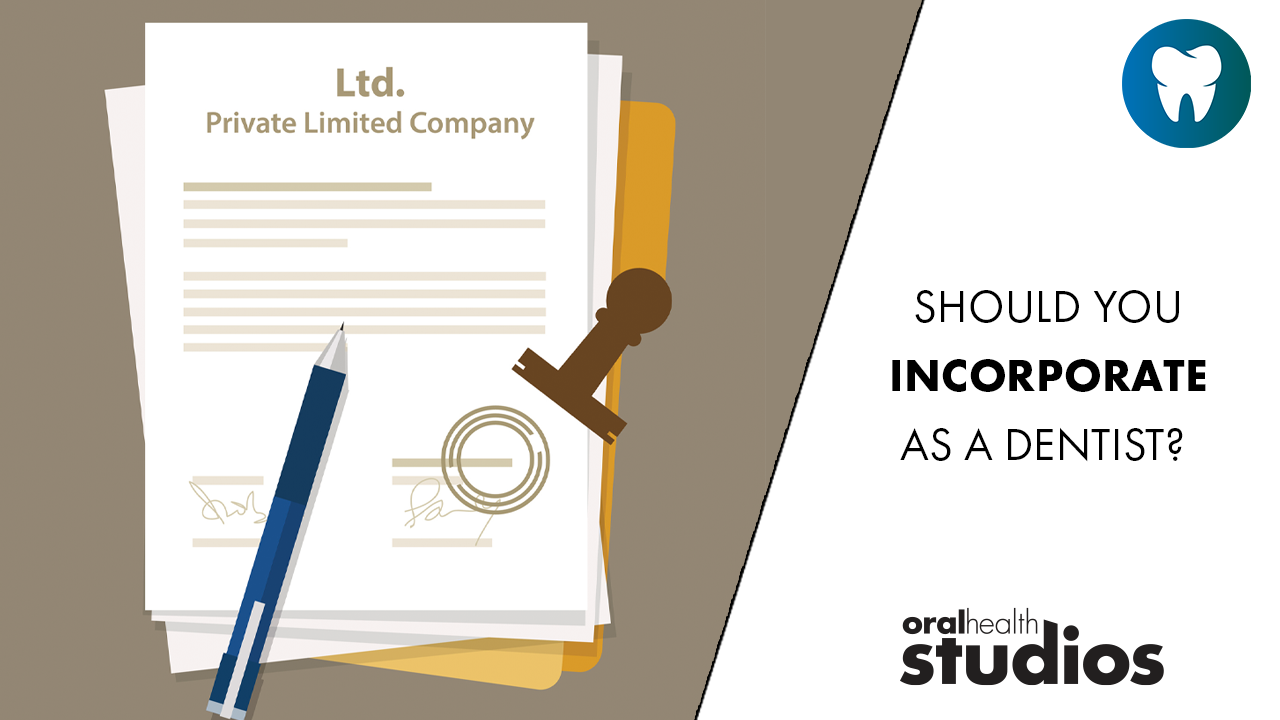
Entrepreneur and author Jim Rohn once stated, “Look after your body, it’s the only place where you reside.” However, for dentists across the globe, setting up an ergonomic workplace is proving to be quite a challenge. A 2022 study published in the Journal of Research in Medical and Dental Science has reported that the prevalence of work-related musculoskeletal disorders in dentists is increasing over time. This fact can be attributed to factors such as working with instruments, equipment, and postures that are not suited to individual characteristics. The most prevalent injuries for dentists occur in their wrists, elbows, shoulders, neck, back, and spine, with typical injuries including sciatica, tendinitis, and carpal tunnel syndrome. As stated by the study researchers, investing in ergonomics is a wise strategy, since the right tools, equipment, and workstations can significantly reduce injury rates and produce greater productivity, well-being, and happiness.
Alternating Between Sitting and Standing
Of the many fitness tips offered to sedentary workers, using a sit-stand desk is one of the most prevalent. Sitting or standing alone (as dentists are prone to do when working on a patient or working on their computers in between patients) can increase the chances of diabetes and heart disease. It can alter circulation, leading to a risk of problems like deep vein thrombosis. When dentists are on their computers researching or emailing, they should aim to alternate between sitting and standing positions and make it a point to get up and move for around five to ten minutes every two or three hours. This also applies to the moments when they are treating patients. By alternating between standing and sitting, they can ease back pressure and avoid injury. They should also aim to complete 30 to 40 minutes of moderate to vigorous physical activity a day.
Stretching Exercises
During the day, dentists are advised to perform stretching and relaxation exercises, including yoga and meditation. Stretches should focus on areas like the neck, back, forearm, wrist, and hand. Stretches are meant to be undertaken throughout the day at planned intervals. Dentists are advised to rest their hands as often as possible to prevent carpal tunnel syndrome. One easy exercise involves allowing the head to lower gently and letting one’s arms and head fall between the knees. After a few seconds, one should gently raise one’s head by contracting the stomach muscles and rolling upwards. Shoulder rolls and head rotations are also ideal for alleviating tight muscles. Finally, dentists are urged to take a break once in a while and focus on the distance for around 20 seconds to ease eye strain.
Prioritizing Good Posture
Poor posture places undue pressure on nerves and blood vessels, producing undue muscular strain and stressing the joints. Dentists should avoid tilting their body forward and aim to keep their back straight and their body in a symmetrical stance. Their feet should also be symmetrically positioned beneath their hands. Dentists can improve their posture with the help of professionals such as physiotherapists, chiropractors, and osteopaths.
Choosing the Right Instruments and Equipment
Dental professionals can benefit greatly from investing in optimally working devices (so they don’t have to apply extra pressure for instruments to work). They also need shadow-free illumination and top-quality magnifying equipment that allows them to obtain an optimal view of their patient’s teeth without having to bend too low. Patient comfort also matters. As such, the patient chair should have a level surface, well-placed armrests, support for the wrist, and similar.
Avoiding Burnout
Dentists need to schedule patients in such a way that they have the time they need to rest and recover between patients. The same care should be given to dental staff, who can benefit from workshops or briefings about how to prevent injuries. Staff should also count on ergonomic equipment, including computers placed at the right height, adjustable chairs, and well-illuminated interiors. Dentists can up their game by trying out strategies such as four-handed dentistry, which allows them to work alongside a subordinate to undertake procedures.
Ergonomics is vital in dentistry, since research shows that musculoskeletal injuries are very prevalent in typical dental offices. This aim can be achieved by investing in smart equipment, including sit-stand chairs. Activity is also vital; dentists can lower their risk of injury by resting their hands, exercising regularly, and resting well between patients.
About the Author

Jennifer Hawley is an occupational health therapist turned freelance writer. She has a passion for digital and health related topics and loves exploring and commenting upon the latest research. When not working, she loves to visit family in Europe, enjoys horse riding with her children and reading as much as possible.












